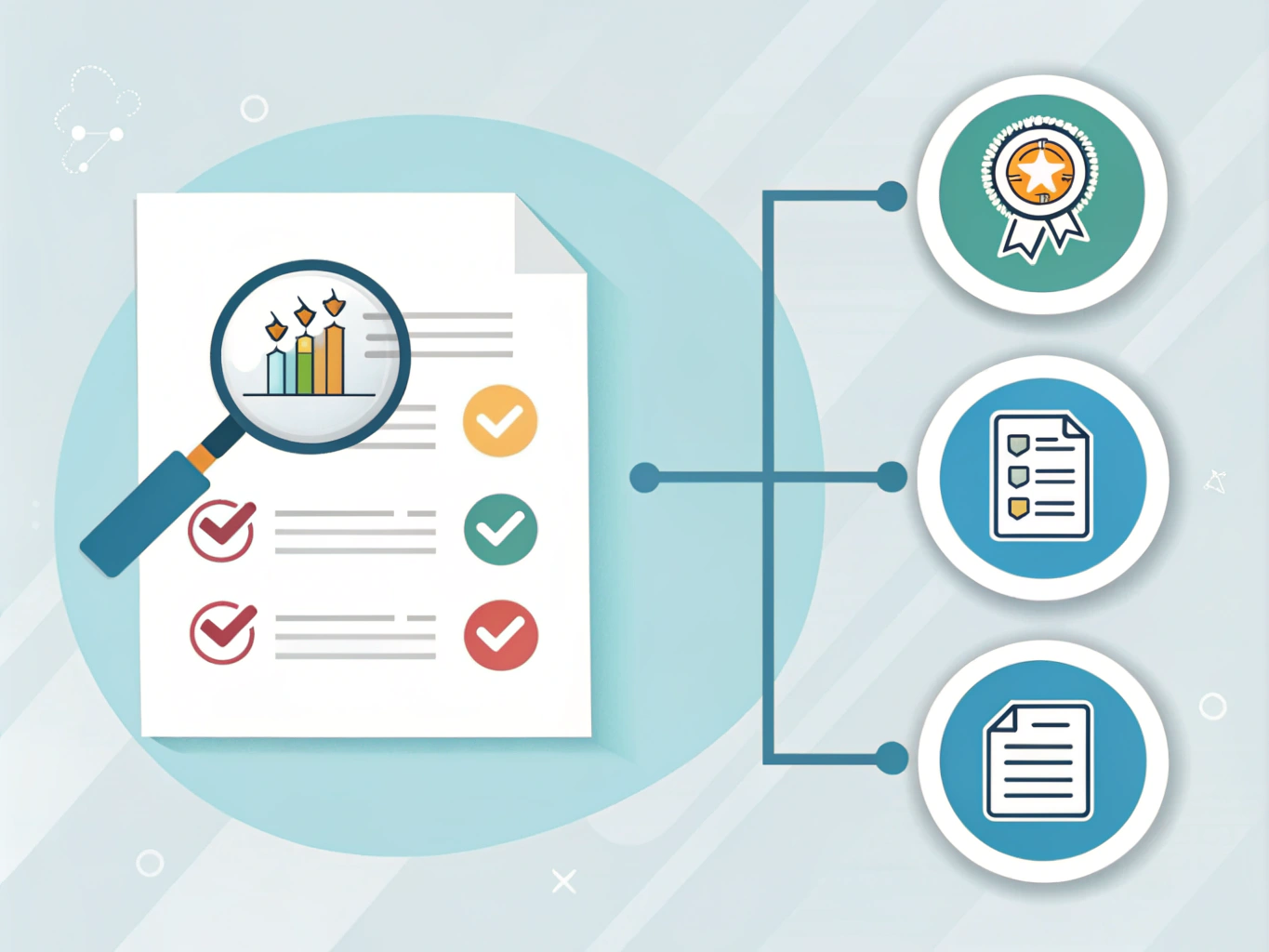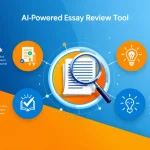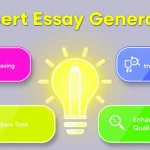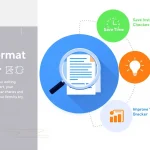Reference Extractor
Is this tool helpful?
How to Use the Reference Extraction Tool Effectively
The Reference Extraction Tool helps you quickly identify and list references to books, art, papers, literature, and other learning sources from any text you provide. Follow these steps to get the most out of the tool:
- Input your content: Paste or type the text containing references in the text box. This could be an essay, article, blog post, or any writing where authors cite or mention sources.
- Click “Extract References”: Submit your content to let the tool analyze and find references automatically.
- Review the extracted list: The results appear as concise, bulleted references below the input. Each reference is limited to around 15 words for clarity.
- Copy or save your references: If you want to use the list elsewhere, you can copy the references quickly for notes, bibliographies, or further research.
Sample Input 1:
“Marie Curie’s pioneering work in radioactivity transformed physics and chemistry. This legacy continues through Rosalind Franklin’s contributions to molecular biology and Henrietta Lacks’ vital role in cellular research.”
The tool will extract references such as:
- Radioactivity research by Marie Curie
- Molecular biology work by Rosalind Franklin
- Cellular research involving Henrietta Lacks
Sample Input 2:
“In the realm of philosophy, Søren Kierkegaard’s writings challenge existential thought, while Simone de Beauvoir’s feminist theories shape modern gender studies. Meanwhile, Maya Angelou’s poetry offers compelling narratives of resilience.”
Extracted references might include:
- Existential philosophy by Søren Kierkegaard
- Feminist theories by Simone de Beauvoir
- Poetry collections by Maya Angelou
Introduction to the Reference Extraction Tool: Definition, Purpose, and Benefits
What Is the Reference Extraction Tool?
The Reference Extraction Tool is a powerful text analysis system that automatically identifies mentions of books, artworks, papers, stories, and other learning sources within any text. Using advanced natural language processing, it detects references even when they don’t follow formal citation formats.
Purpose of the Tool
This tool serves to:
- Simplify bibliography creation for academic and professional writing
- Help students and researchers quickly locate key sources
- Create reading lists from essays, reviews, or reports
- Assist content creators in crediting sources properly
- Support educators in compiling resource lists for teaching
Benefits You’ll Gain From Using This Tool
- Save time: Automated reference extraction turns hours of manual work into seconds.
- Boost accuracy: Consistently find subtle sources that may be missed on a quick read.
- Maintain consistency: References are extracted and formatted uniformly for easy review.
- Discover new learning materials: Highlight sources you might not have noticed otherwise.
- Support research: Quickly generate lists for literature reviews and source exploration.
- Reduce plagiarism risk: Keep clear track of all references for proper citation.
Practical Uses of the Reference Extraction Tool
This tool finds applications across many scenarios where identifying referenced materials is key. Here are some common ways to apply it:
1. Academic Research and Writing
Researchers and students rely on the tool to quickly extract citations from journal articles, theses, and book chapters. For instance, a student writing a paper on environmental policy can input a report excerpt and get a clean list of all related studies for deeper reading.
2. Content Creation and Blogging
Bloggers and writers use it to list references cited in posts or articles. It helps ensure all sources are credited correctly and creates resource sections for readers interested in learning more.
3. Literature Review Compilation
When preparing literature reviews, you can input large review texts and get an organized list of referenced works, making it easier to map out existing research and identify gaps.
4. Educational Resource Preparation
Teachers can extract key references from academic texts to create reading lists or supplementary materials for their students, enhancing lesson planning and learning.
5. Fact-Checking and Source Verification
Journalists, editors, and fact-checkers benefit from extracting all referenced materials to verify claims and ensure the accuracy of information presented.
6. Cross-Disciplinary Studies
If you venture into a new field, the tool helps capture essential works cited within introductory or overview texts, speeding up your familiarization with critical literature.
How the Reference Extraction Tool Solves Key Challenges
- Managing information overload: It highlights all references, so you don’t miss important sources hidden in lengthy texts.
- Simplifying the research process: Generates comprehensive lists to quickly advance literature reviews and source tracking.
- Improving critical reading: Makes you aware of the context and influences shaping any text’s arguments.
- Facilitating proper attribution: Helps content creators avoid missing citations, reducing plagiarism risks.
- Standardizing references: Consolidates citations into a clean, uniform list for easier integration and formatting later.
- Supporting academic integrity: Makes it easier for students and educators to keep track of sources and maintain high ethical standards.
Additional Tips for Maximizing the Reference Extraction Tool
- Provide enough context: Longer excerpts with clear author names or titles improve extraction accuracy.
- Check the output: Review the extracted list to confirm completeness and correct any ambiguities.
- Combine with citation managers: Import extracted references into tools like Zotero or EndNote for easy bibliography creation.
- Use for multiple content types: You can input academic writing, blog posts, lecture transcripts, or creative analyses with good results.
Important Disclaimer
The calculations, results, and content provided by our tools are not guaranteed to be accurate, complete, or reliable. Users are responsible for verifying and interpreting the results. Our content and tools may contain errors, biases, or inconsistencies. Do not enter personal data, sensitive information, or personally identifiable information in our web forms or tools. Such data entry violates our terms of service and may result in unauthorized disclosure to third parties. We reserve the right to save inputs and outputs from our tools for the purposes of error debugging, bias identification, and performance improvement. External companies providing AI models used in our tools may also save and process data in accordance with their own policies. By using our tools, you consent to this data collection and processing. We reserve the right to limit the usage of our tools based on current usability factors.







